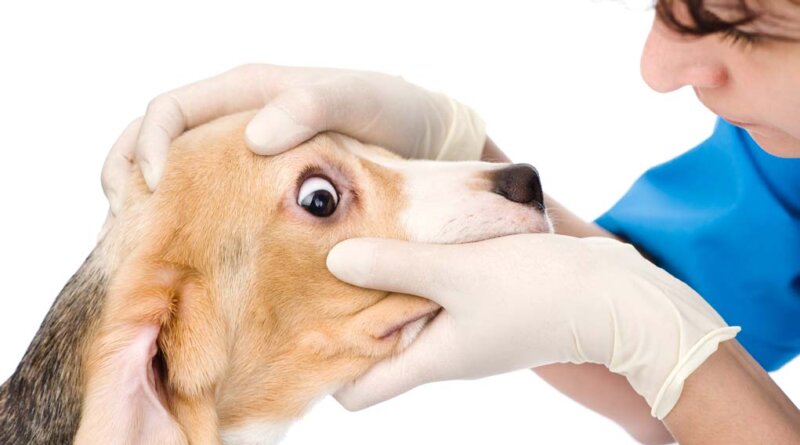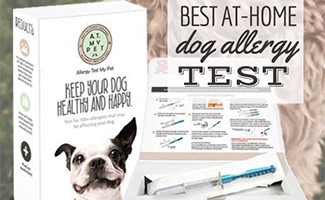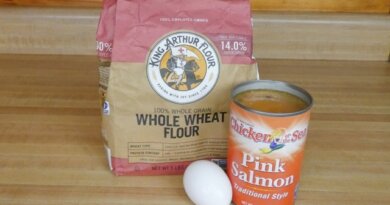Diagnosing and Treating An Eye Infection in Dogs – Top Dog Tips
Dogs with large or bulging eyes like pugs, bulldogs and cocker spaniels are especially prone to eye infections but they can and do happen to dogs of all types. It may only happen once in a while or it could be a chronic condition.
Eye infections in dogs are extremely uncomfortable for the canine and can lead to permanent blindness.

Serious eye infections in dogs need to be evaluated and diagnosed by a veterinarian.
Thick white or yellow eye discharge, red swollen inner eyelids and cloudy or discolored eyeballs are all symptoms of eye infections in dogs.
Holding an eyelid closed and swiping with a paw or constantly rubbing an eye can also be indications of eye infections in dogs.
The dog may need an antibiotic ointment or eye drops to recover.
He may even need minor surgery to correct “cherry eye,” eyelids that roll under or eyelids that roll out.
The constant irritation from these conditions will lead to eye infections in dogs if they are not treated properly.
It’s best to seek your vet’s advice at the first sign of eye trouble in your pet.
Eye Infections in Dogs: Diagnosing and Treating the Issue
Depending on the severity of the infection, there are many treatments.
Some pets suffer from chronic eye infections. Their owners may seek home remedies to cut veterinary expenses.
RELATED: Best Dog Illness Symptom Checker Online
If you’re considering home remedies, you should consult with a holistic veterinarian to be sure that what you’re doing will help your pet.
When treating something as delicate as the eye, you need to be sure that you’re taking effective action as soon as possible.
Dietary Supplements
Dog food supplements and vitamins can help with eye infections in dogs as well.
Your veterinarian may even recommend some if your pet has chronic eye issues.
These supplements give the dog’s system a little boost to help him recover more quickly.

This is especially true with bacterial and yeast infections from constantly moist conditions around the eye.
If your dog will eat vegetables and fruits, there are some that can be added to his diet to help him recover from a dog eye infections including:
- Blue or purple berries
- Sunflower and sesame seeds
- Carrots, parsley and leafy green vegetables
- Vitamins A, C or D, zinc, pycnogenols and bioflavonoids
Cod liver oil added to a dog’s food will also help with eye infections in dogs. Give the dog ¼ to 1 teaspoon of cod liver oil, depending on his size.
RELATED: 7 Vet Recommended Supplements for Dogs
Minor Dog Eye Irritations
A little sudden tearing might not be caused by an eye infection in your dog. It could be caused by dust, dirt or a bug in the dog’s eye. When something like that gets in your pet’s eye, the eye naturally tears to wash it away – just like ours.
If the dog’s eye doesn’t stop watering after a few hours, the foreign body may be caught up in the lid or tear duct. If that’s the case, try this:
- Use a warm, wet washcloth or piece of gauze to gently wipe his eye. Start at the outer corner of the dog’s eye and swipe toward his muzzle to help move the foreign object toward the tear duct so it can be washed out naturally.
- Do not apply pressure to the eyeball as this could cause a scratch from the foreign body.
RELATED: Dog Eye Allergies: Symptoms, Reasons and Basic Remedies
Dogs with long facial hair experience eye irritation from the hair getting in their eyes.
The constant irritation and moisture on the fur around the eye are a recipe for an eye infection in dogs. If your dog has long facial hair:
- Take him to a groomer regularly to have the hair trimmed away from his eyes or use blunt-tipped scissors to keep the hair around his eyes short.
- Use a warm, moist washcloth or gauze to gently wipe the dog’s eyes and remove any accumulated mucus before the dog gets an eye infection. Mucus around the eye is a breeding ground for bacteria and yeast.
- If the mucus is dried and the dog’s eye is crusted, hold the warm, moist washcloth on his eye for a few minutes to soften the mucus before wiping it off.
A warm, wet chamomile tea bag can be used to help treat an eye infection in dogs too.
- Brew a cup of chamomile tea for yourself, leaving the teabag to soak for a few minutes.
- Take the teabag out of the hot water and set it on a clean plate to cool.
- Hold the teabag on the dog’s irritated eye for five to ten minutes after it is has cooled off enough for you to hold it on the inside of your wrist comfortably.
The teabag will help reduce inflammation and irritation which will help his eye heal from the infection. Put a fresh teabag on his eye several times each day.
Eye Ointments and Drops
If you get a prescription treatment, it is very important to apply the antibiotic ointment or drops as directed by your veterinarian.
- Use a warm, moist cloth to wipe away any discharge from the dogs infected eye.
- Pull the bottom eyelid out away from the dog’s eye to form a pocket.
- Squeeze the ointment into the pocket formed by pulling the dog’s eyelid away from his eye.
- Gently rub the dog’s eye to help distribute the ointment evenly.
Do not use the same cloth to wipe the other eye. Doing so could transfer the bacteria, causing an eye infection in the dog’s other eye.
When our dog’s are injured, we typically think of treating them with human products.
Do not use human eye drops to try to flush dust or dirt out of your dog’s eye.
They have ingredients that can irritate or even damage a dog’s eye which could result in an eye infection.
Use eye drops specifically formulated for dogs or a plain saline solution for cleaning contact lenses.
If you can’t get to the pet store to buy dog eye drops and do not have saline solution on hand:
- Mix 1 teaspoon of salt or sea salt into 8 to 10 ounces of warm distilled water.
- Use an eye dropper or bottle with a pointed tip to squirt the solution into the dog’s eye.
- Hold his upper lid up and pour or squirt the solution over the dog’s eyeball then repeat while holding his bottom lid out away from the his eyeball.
Use distilled water rather than tap water. Tap water usually has chlorine in it that will further irritate the dog’s eye.
The solution can also be used to irrigate the dog’s eye.
For homemade eye drops to help with an eye infection in dogs, including calendula, chamomile, red clover or St. John’s wort drops. Mix up the saltwater as above then add 10 drops of any of the aforementioned ingredients.
Put the solution in an eyedropper or squirt bottle and rinse the dog’s eyes two to three times each day. This solution will reduce inflammation and irritation associated with an eye infection in dogs.
Lubricating Oils

Start by gently pulling the dog’s bottom eyelid out away from his eyeball. Then rest your hand on the top of his head right above his eye to steady it.
Put a drop of oil in the pocket formed by pulling the eyelid away.
Use a clean, sterile eyedropper and be careful not to touch his eye.
You don’t want to make a minor situation worse by introducing bacteria with the eyedropper. Oil drops can be used as often as every four hours.
Serious, chronic dry eyes should be treated each day with an ointment that is specially formulated for dry eye in dogs. This ointment can be purchased at pet stores or the veterinarian’s office.
It has a slightly thicker consistency that coats the dog’s eyes and provides longer-lasting relief from dry-eye irritation.
Related






